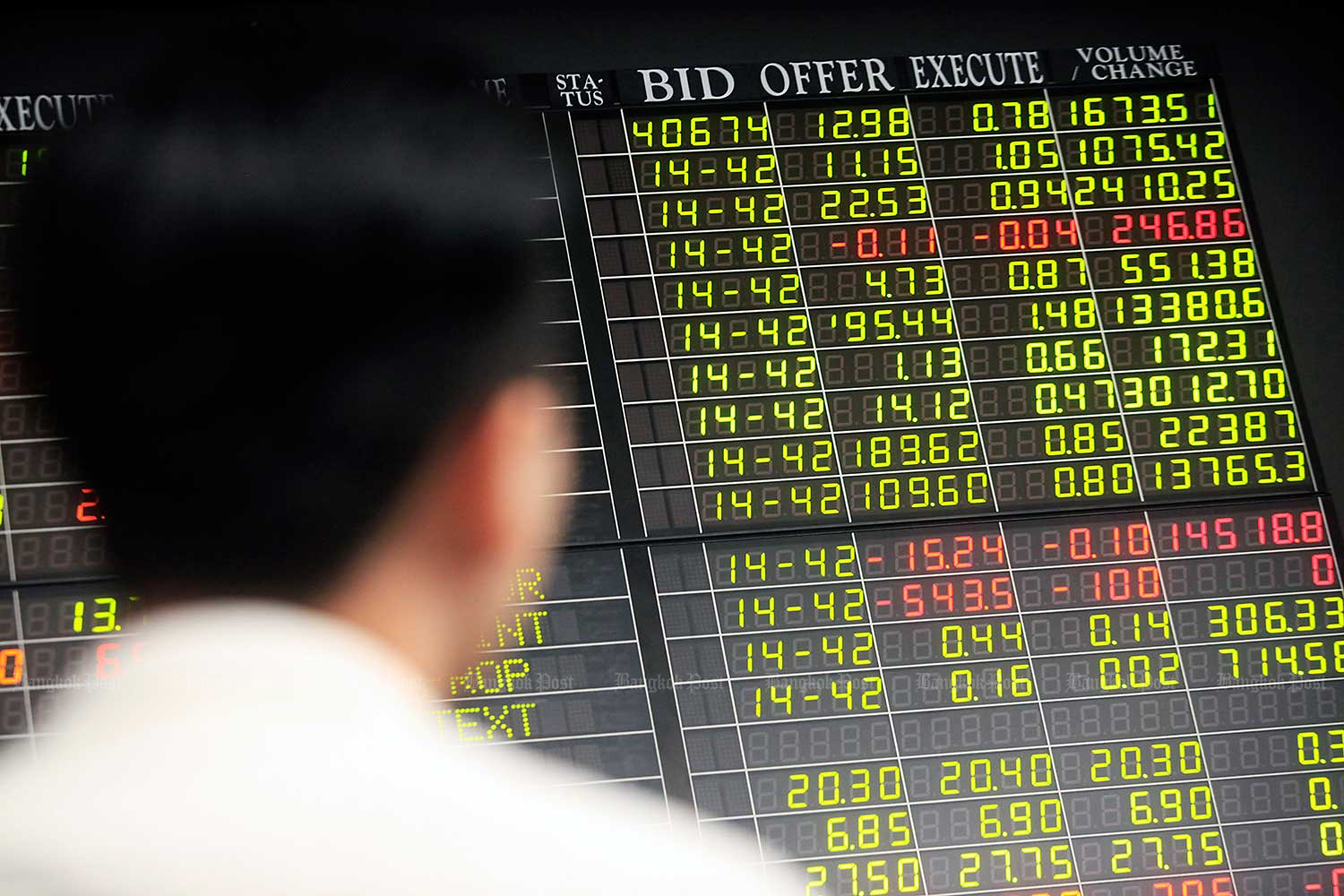
September was an overall surprise as the SET Index moved in the range of 1,600 and 1,650 points and reached its peak for the year at 1,658.08 early in the month. Average turnover increased significantly to more than 92 billion baht per day and foreign investors returned as net buyers of 11 billion baht, in stark contrast to the net selling of 88 billion baht for the first eight months of the year.
Positive momentum is gaining steam in Thailand with lockdowns eased, with department stores and most businesses allowed to reopen last month. Restaurants are open but with some limitations, such as caps on occupancy. Movie theatres and fitness centres have also resumed operations.
In general, sentiment is much better with the economy coming out of the nearly two-month lockdown. The easing of restrictions has coincided with a gradual decline in Covid cases since the beginning of September. Daily new cases have been below 10,000 for a number of days now and daily deaths have fallen to around 100 from a peak of 300 in July. On the vaccination front, almost 34 million people have received their first shot and around 22 million or 31% of the population are fully vaccinated.
While domestic sentiment has been on an upswing, external factors are still clouding the investment environment. One of the big ones is the US Federal Reserve, which provided hawkish guidance on the interest rate environment and the scaling back of its asset purchases at its meeting in late September. This has cast a pall over stock markets worldwide, including Thailand. Bond yields are now climbing significantly, with the 10-year US Treasury yield holding above 1.5%.
Nevertheless, the overall pandemic situation has improved and most countries are on the path to normalisation, although "new normal" measures, such as social distancing, remain intact.
Amid the reopening and renewed travel demand, crude oil is attracting plenty of attention, with the price of West Texas Intermediate now reaching $80 per barrel after starting the year at less than $50. That could be among the factors depressing the investment environment in the fourth quarter.
MIXED RESULTS
Given Thailand's lockdowns in July and August, we believe third-quarter results, to be announced starting next week, will show quarter-on-quarter declines. Performance year-on-year, however, should strengthen as activity this year is much better and oil prices have risen substantially, helping the energy-heavy SET. We also expect banks to reduce provisioning for loan losses after the huge extra items of the last year.
Our investment theme for the month is to accumulate stocks of businesses that have been punished by the depressed investment environment.
While the expected weak third-quarter results and a hawkish Fed stand to drag down the SET, we believe investors are increasingly looking forward to the recovery theme as all businesses will be nearly fully opened in October. As such, we look for laggards that stand to recover in the short term. Our current picks are BBL, JWD, SFLEX and SPRC.
On the banking front, BBL should report a slight decline in profit quarter-on-quarter from reduced activities during the lockdowns and debt restructuring. However, we expect operations to quickly recover in the fourth quarter from the removal of lockdown restrictions and the Bank of Thailand's move to ease regulations on consolidation of debts from different banks.
As BBL's loans are largely in housing and thus feature low interest rates, the bank should benefit from this scheme. With the broad restructuring announced by SCB, banks in general are being targeted for investment. In terms of valuation, we also like BBL as a sector laggard.
In the logistics space, we continue to like JWD. The company's quarterly earnings should still be strong as the lockdowns did not curtail transport and logistics in the third quarter. In addition, the company has made investments in businesses related to healthcare and e-commerce. We expect these two sectors to continue generating high growth even after the pandemic has ended. We estimate JWD's profit growth at 50% this year and 46% in 2022, driven by new investments and the steady growth of the logistics industry.
PACKAGING POWER
We also like SFLEX as the second half of the year tends to be the high season for the packaging industry. SFLEX has products that target the food and medical equipment industries, which yield much higher margins than other packaging product segments. The company is also building a new factory to separate the food and medical equipment arms from each other. This will enhance the production process for the high margin products and increase overall capacity.
SFLEX recently announced a joint venture with the seafood giant TU to set up a company for producing flexible packaging. This is a good sign as it shows the company can lock up demand from big firms and improve its packaging products for the long term.
Among refineries, we currently prefer SPRC. As mentioned earlier, WTI prices have reached their highest level in two years. All refineries should thus benefit from higher margins and stock gains. We see SPRC as a top pick as it benefits from economic recovery as well as from greater gasoline production. The margin of SPRC is also higher than those of its competitors. Thus, we believe the company should report a big jump in profit this year to more than 3.1 billion baht after posting a sizeable loss last year.
